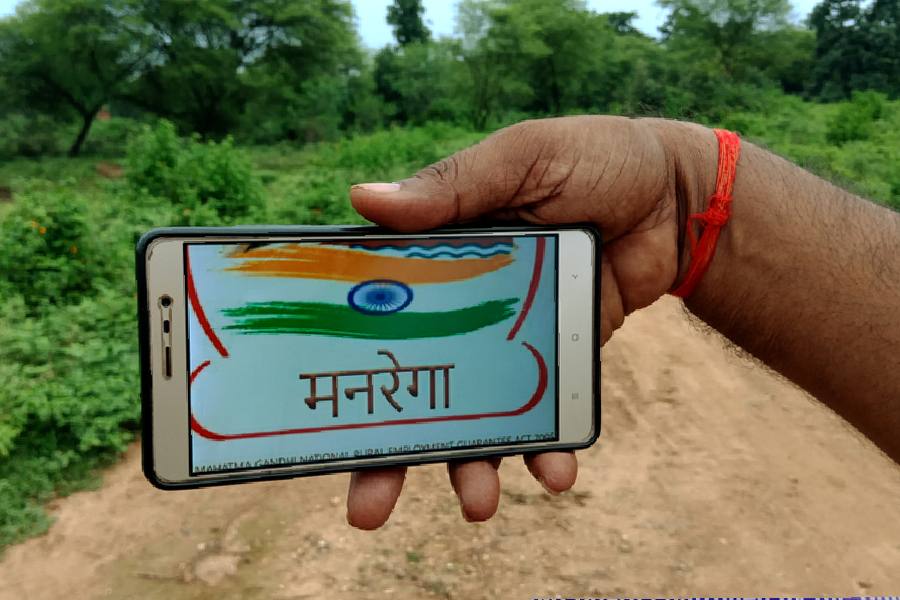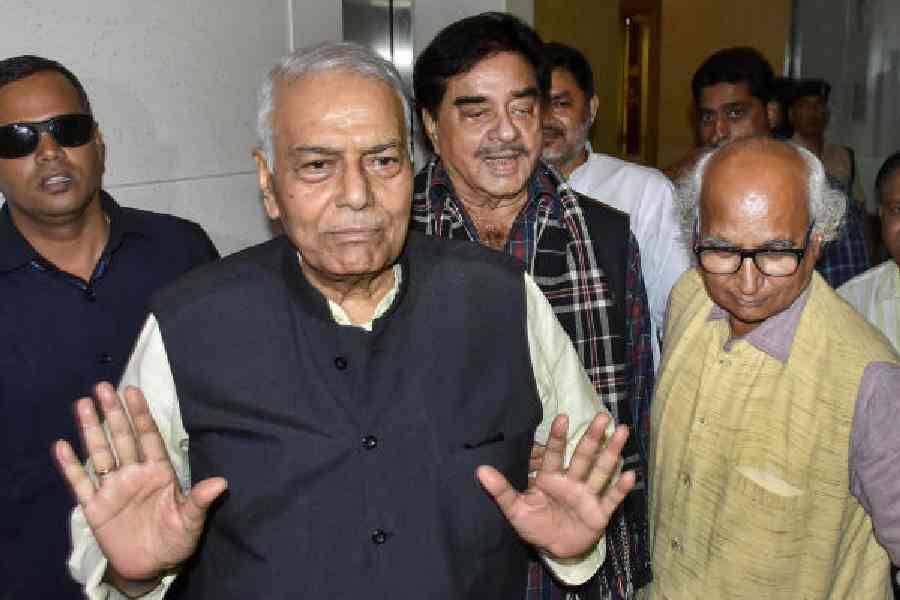In 1959, as skirmishes worsened between Indian and Chinese forces along the frontier, the public criticized the embattled government of Prime Minister Jawaharlal Nehru for having withheld facts about the severity of the dispute. Nehru began releasing all official Indian diplomatic correspondence with China to assuage growing parliamentary criticism. Rather than give
Nehru credibility from which to negotiate, as Tanvi Madan observes, “agitated public opinion became a potential veto point in India’s decision making on China.”
Backing down in public — for either side, but especially in democratic India — is always much harder than making quiet concessions in private. Those public pressures led Nehru to pursue a risky “forward policy” of trying to maneuver and push Chinese troops out of the disputed areas, eventually triggering the 1962 Sino-Indian war.
With the full scrutiny of the Indian media focused on the dispute, and China now having publicly stressed its sovereignty over the Galwan River Valley, it’s not clear how the two sides will stand down. The deaths of Indian and perhaps Chinese soldiers, though, raised the stakes beyond just fisticuffs and injured pride.
From a column in The Washington Post by Christopher Clary, an assistant professor of political science at the University at Albany, State University of New York, who was an India expert at the Pentagon during the George W. Bush presidency
It’s not clear what India can do now. Mr. (Narendra) Modi and his Hindu nationalist party have pursued a forceful foreign policy that emphasizes India’s growing role in the world and last year, after a devastating suicide attack that India blamed on a Pakistani terror group, Mr. Modi ordered airstrikes on Pakistan, bringing the two countries to the brink of war.
But India is in no shape to risk a war against China — especially now, as it slips deeper into the economic and health crisis caused by the coronavirus, which has cost the country more than 100 million jobs.
“Whatever India might want to do it’s not in a position to do,” said Bharat Karnad, a professor of security studies at the Center for Policy Research at New Delhi. “The Modi government is in a difficult position,” he said. “This is bound to escalate.”
And, he added, “we are not prepared for this kind of escalation.”
The New York Times, news report
Bilahari Kausikan, a former Singapore diplomat, said such nationalist sentiments could make it difficult for Mr Modi and Chinese President Xi Jinping to rein in tempers. “Both Modi and Xi have used nationalist narratives so even if they want to de-escalate, public sentiment could make that difficult,” said Mr Kausikan, who is now at the National University of Singapore.
“Neither of them is looking for more trouble, but it will depend on whether they can contain social media reaction.”
The Financial Times, London, news report
But whereas violence in recent years linked to Pakistan has led to aggressive rhetoric and promises of swift retaliation from Indian leaders, Monday’s violence has so far drawn a much more muted response including from Modi.
Analysts said the caution reflected both shock at the scale of the killing and the complexity of the relationship between the two Asian giants. “There is the larger picture of the asymmetries of power,” said Srikanth Kondapalli, a professor of Chinese studies at Jawaharlal Nehru University in Delhi. “China’s GDP is $14tn, India’s is less than $3tn. China spends nearly $220bn on the military but India spends $52bn.”
The Guardian, London, news report
Michael Kugelman, a South Asia specialist at the Wilson Centre, said the two countries were unlikely to go to war because they cannot “afford a conflict.”
“But let’s be clear: it beggars belief to think that they can magically de-escalate after a deadly exchange with such a higher number of fatalities,” he said. “This crisis isn’t ending any time soon.”
South China Morning Post, Hong Kong, in an explainer
It was a pleasant day in October 1962. Barrister Ishtiaq Ahmed Abbasi was settling down for his sundowner when the watchman came charging in. “Sir,” he was quaking with fear from the news on the radio. “China has attacked Hindustan.” Unmoved by the intrusion into his quiet repast, Abbasi Sahib resolved the matter expeditiously. “Dekho, phaatak band kar do.”
(Look here. Just shut the gate.)...
The current stand-off between India and China seems to have less to do with their border dispute, which stands as a dispute. The more informed Indian analysts do not see it as China’s land grab at all. China sought India as a critical partner in its Belt and Road Initiative, which would directly link it to Central Asia, a great alternative to the circuitous Iran port route through Afghanistan. The Chinese were, however, listening to the debate in the Indian parliament over the annexation of Jammu & Kashmir last year. The home minister said Aksai Chin was part of India. And there’s never a day when this or that TV channel doesn’t speak of capturing Gilgit-Baltistan from Pakistan, critical to China. Is it possible the Chinese have moved to close the gate — to be able to enjoy their sundowners, as Barrister Abbasi once did?
Dawn, Karachi, in an article titled, ‘A perilous stand-off to avoid’










